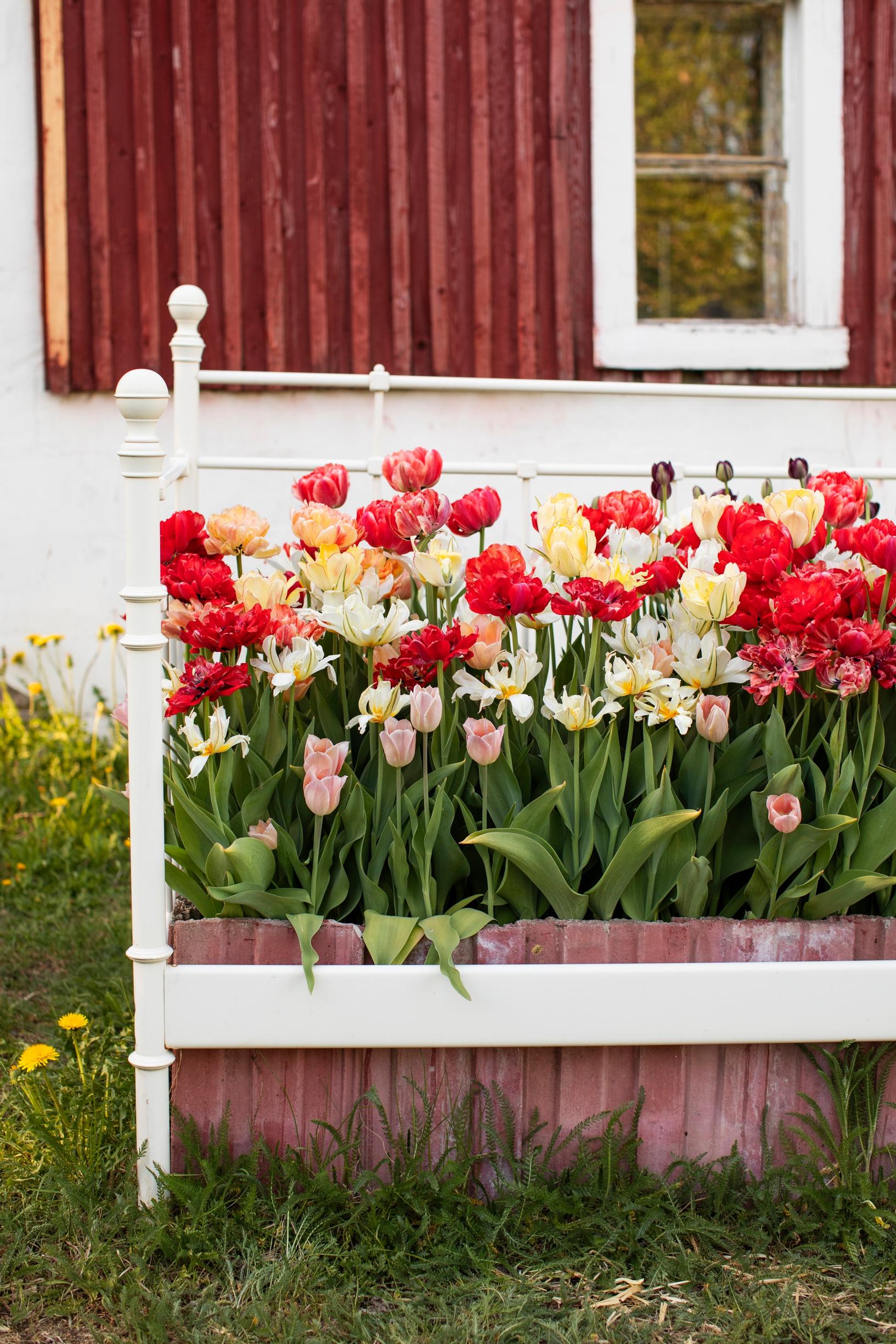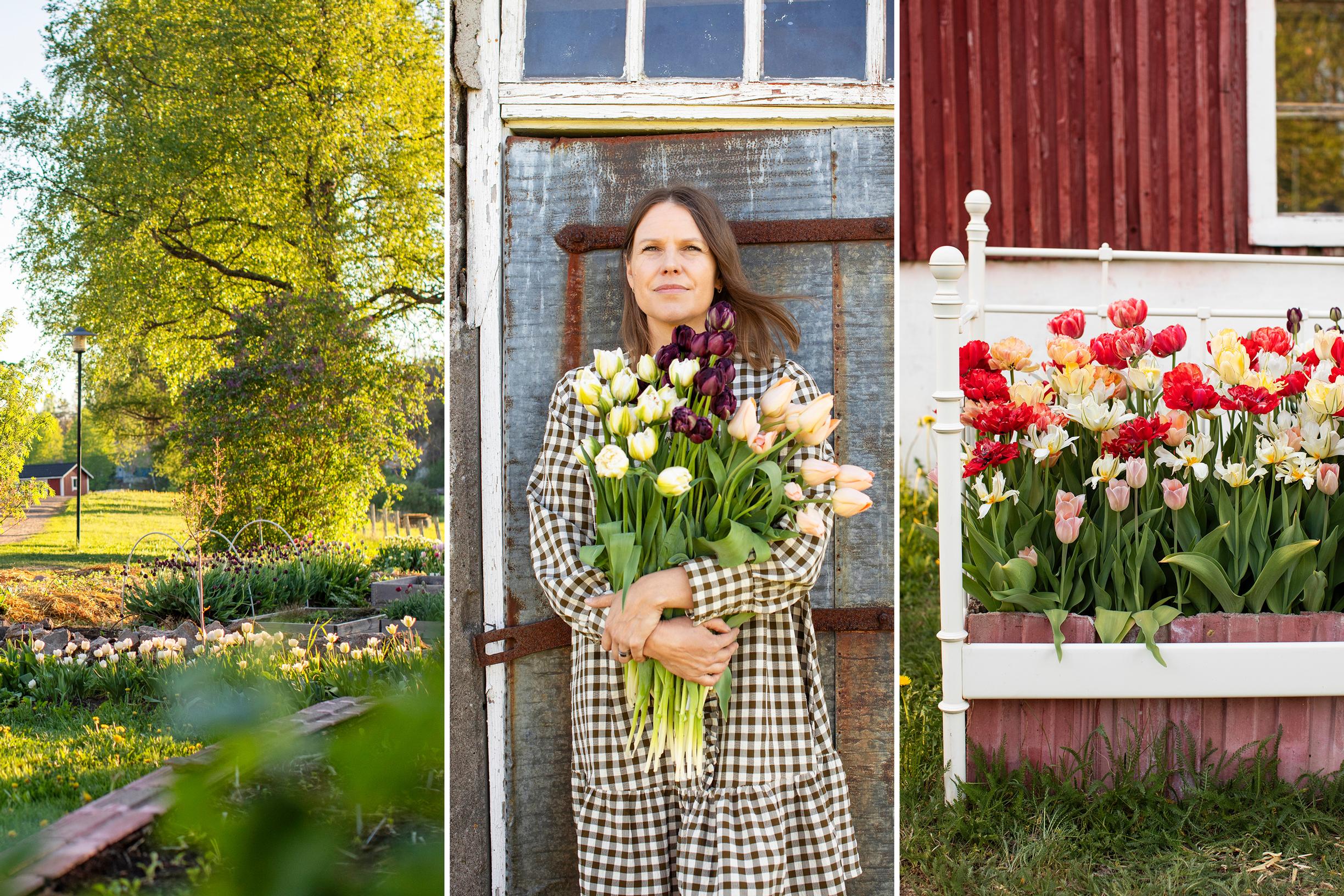
After accidentally ordering 4,000 tulip bulbs, Eeva-Maria now grows cut tulips on an old farm
School counsellor by day, Eeva-Maria Lampikari spends her free time in tulip farming on an old farm in Lohja. Grown in the open field, tulips develop a special personality, she says.
A happy accident. That’s one way to describe the chain of events that began three years ago, sparking a small-scale tulip farming venture. Eeva-Maria Lampikari was at the children’s hospital waiting to see her son after surgery. There was nothing to worry about, so she passed the time by ordering tulip bulbs online—something she’d been planning for a while, as she had her sights set on at least 2,000 bulbs.
Then, in the early days of exploring organic tulip farming methods, her phone’s internet connection began to falter. Eeva‑Maria thought the payment hadn’t gone through and asked her husband to place another order, just in case. Later they discovered both orders had succeeded. Eeva‑Maria shrugged: “Well, let it be!”
Then the post brought the boxes home: four thousand bulbs. But Eeva‑Maria had no regrets; she already had a plan.
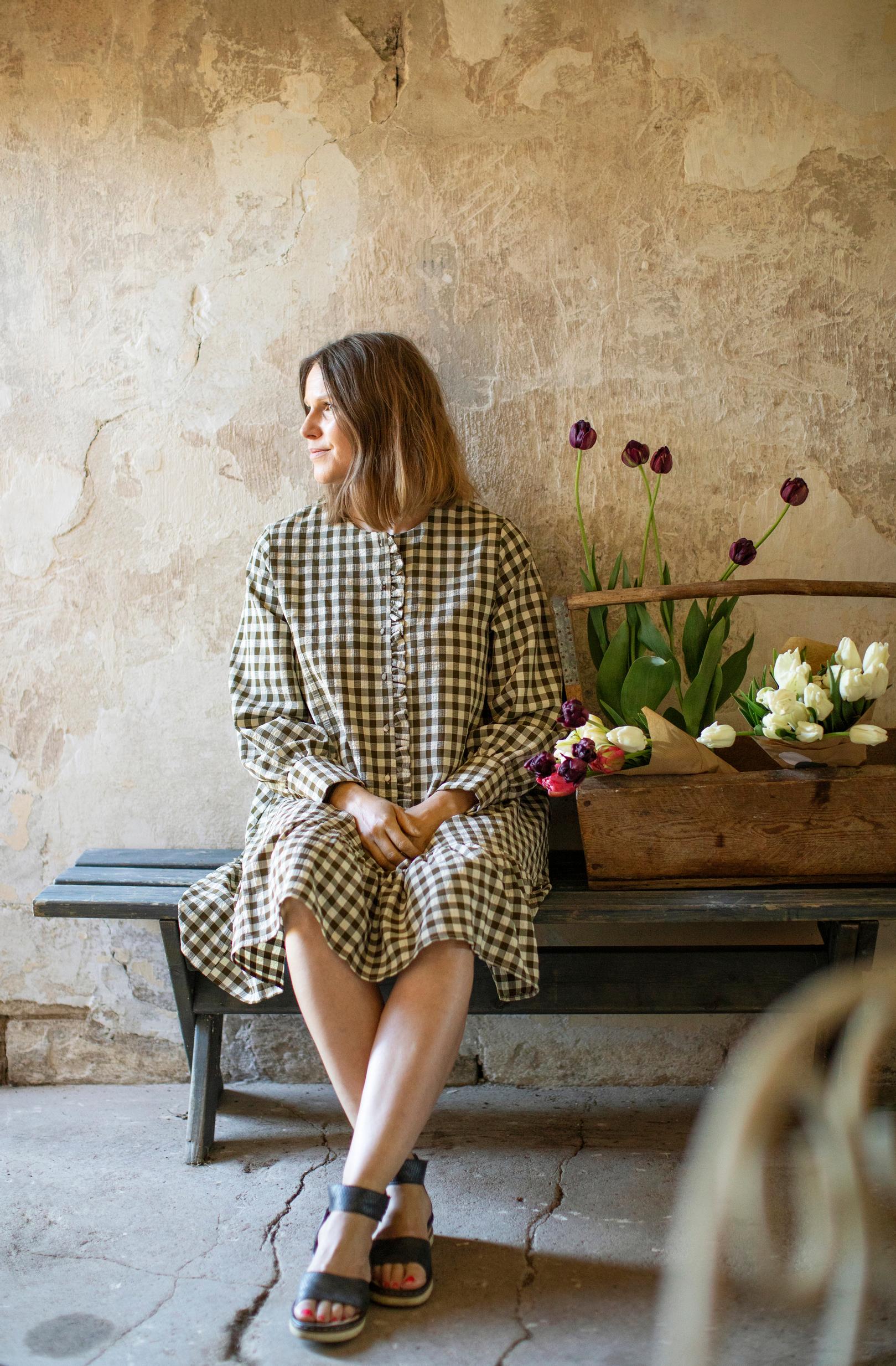
Eeva-Maria lives with her family in Lohja, about 50 kilometres northwest of Helsinki. Their home is an old farm, although farming ended there long ago.
Eeva-Maria works as a school counsellor and is studying to become a psychotherapist. In her spare time she grows cut flowers, joining the line of farmers who once worked this land—a thought that feels good to her.
“This land is producing again—even if now it’s flowers,” she says.
Eeva-Maria is drawn to working on nature’s terms. You can’t control it, but you can enjoy its gifts.
Her flower farm is called Vieno Garden. Eeva-Maria describes it more as play than business. Unlike the professional farmers who preceded her, she doesn’t rely on it for her livelihood—and play, she says, is something adults shouldn’t give up.
What: Eeva-Maria’s flower farm in Lohja
Zone: Ib
Size: cut-flower field about 100 m², property 3 ha
Soil: arable loam enriched with compost
Speciality: cut tulips in painterly shades
Instagram: @vienogarden
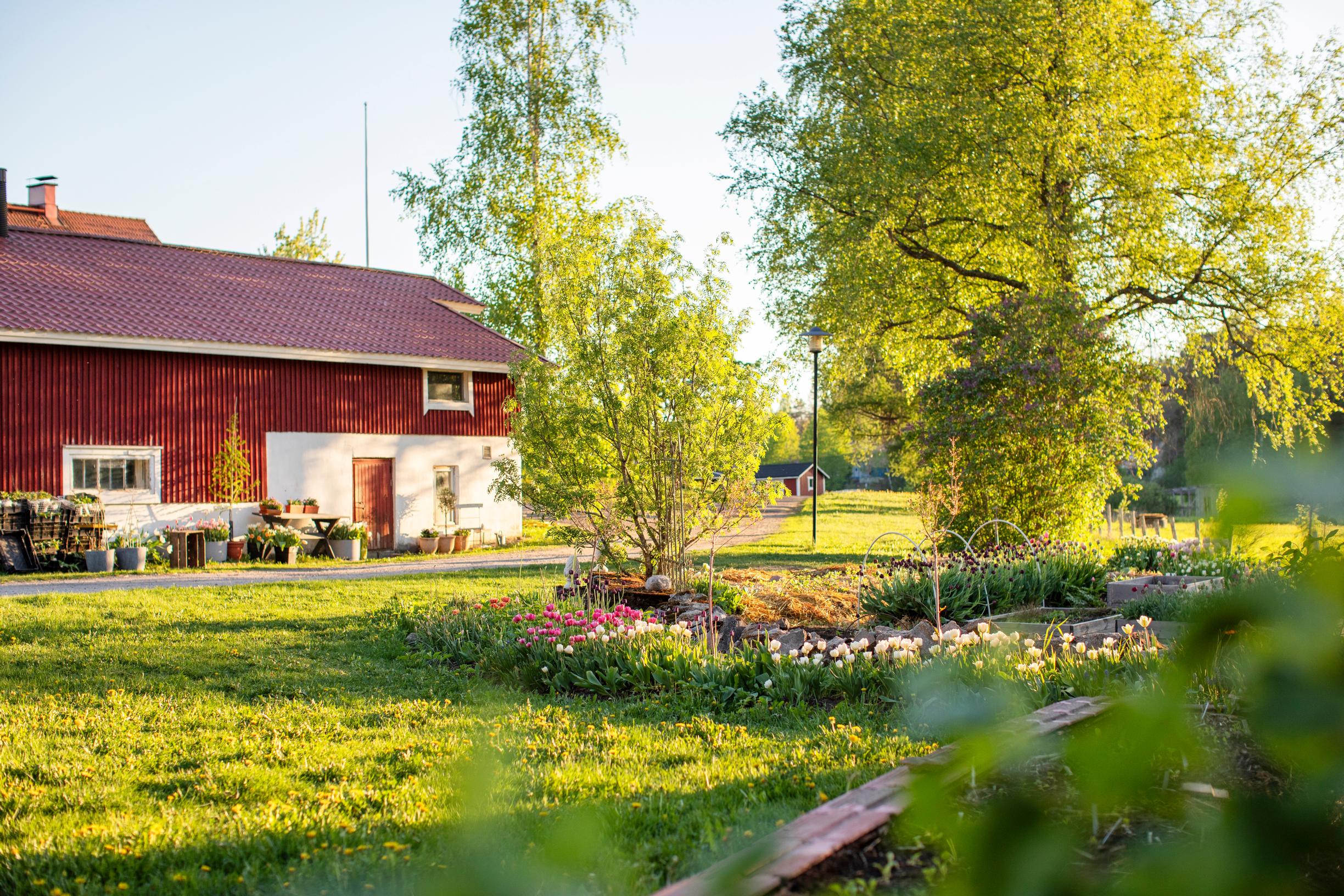
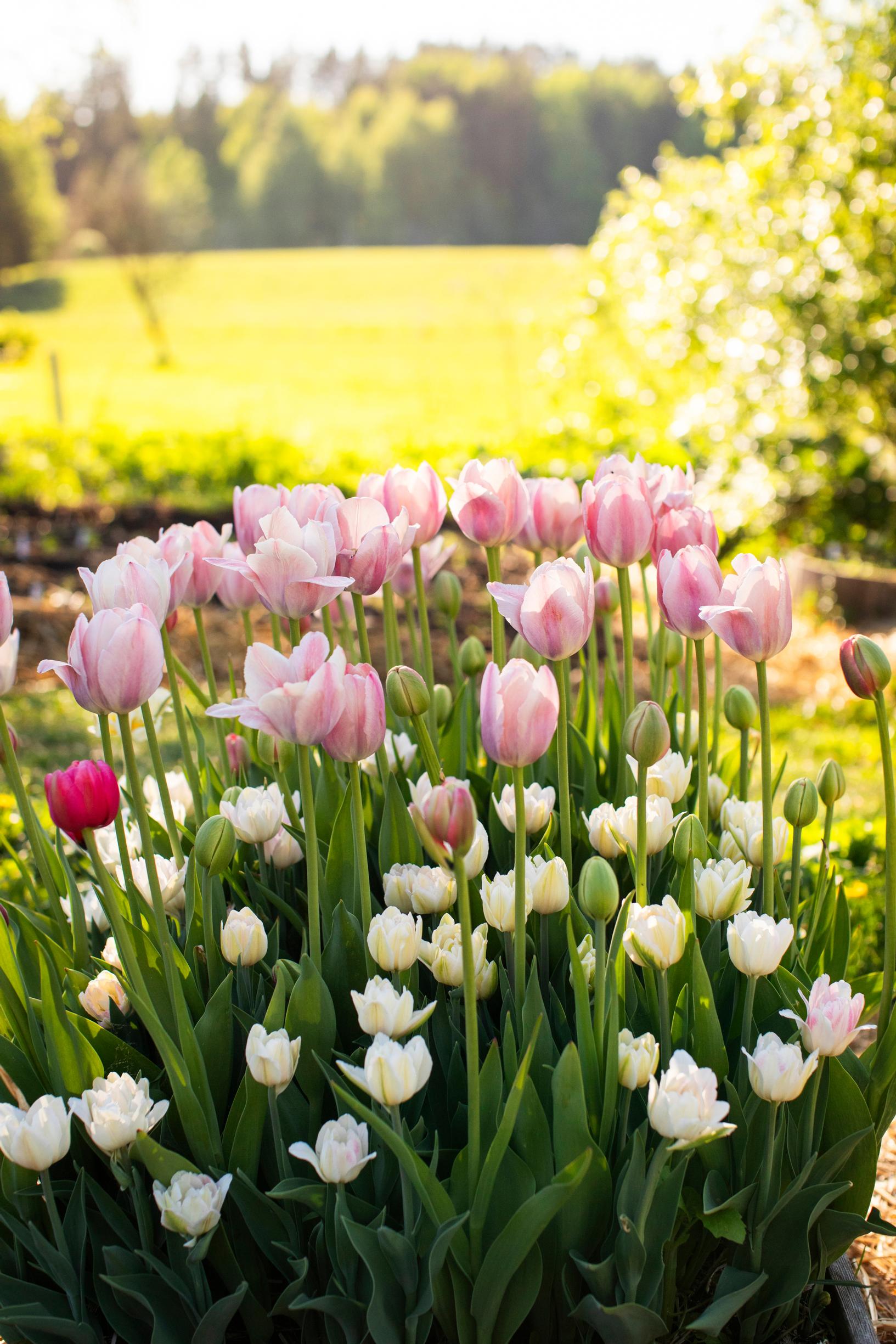
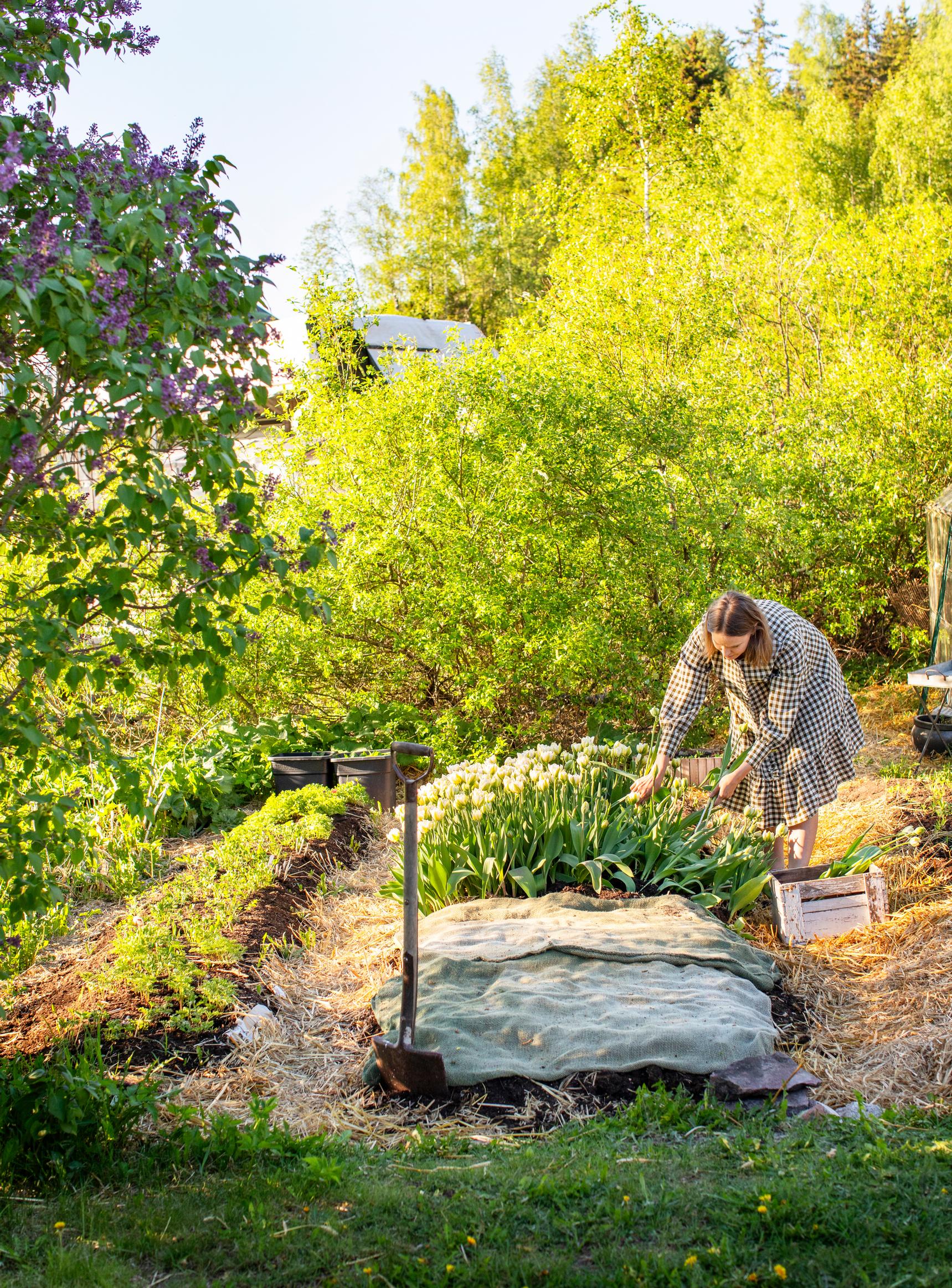
There’s an old barn on the property. Eeva-Maria has found a new purpose for it, converting the end rooms into an atmospheric studio where she stores and prepares flowers for sale—and sometimes simply enjoys arranging them.
Inside, the barn is cool and dim. Once your eyes adjust, you can make out huge armfuls of tulips in round glass vases on the side tables.
A small window casts light onto the workbench. On it lie brown wrapping paper, scissors, knives, pencils and white labels. Next to them stands a row of small vases, each holding a different bouquet of white daffodils, purple lilacs and pink tulips.
Under one table sits an old concrete trough, a reminder of the barn’s past. Eeva-Maria thinks it once served as a drinking trough for animals. Now it overflows with white, double tulips.
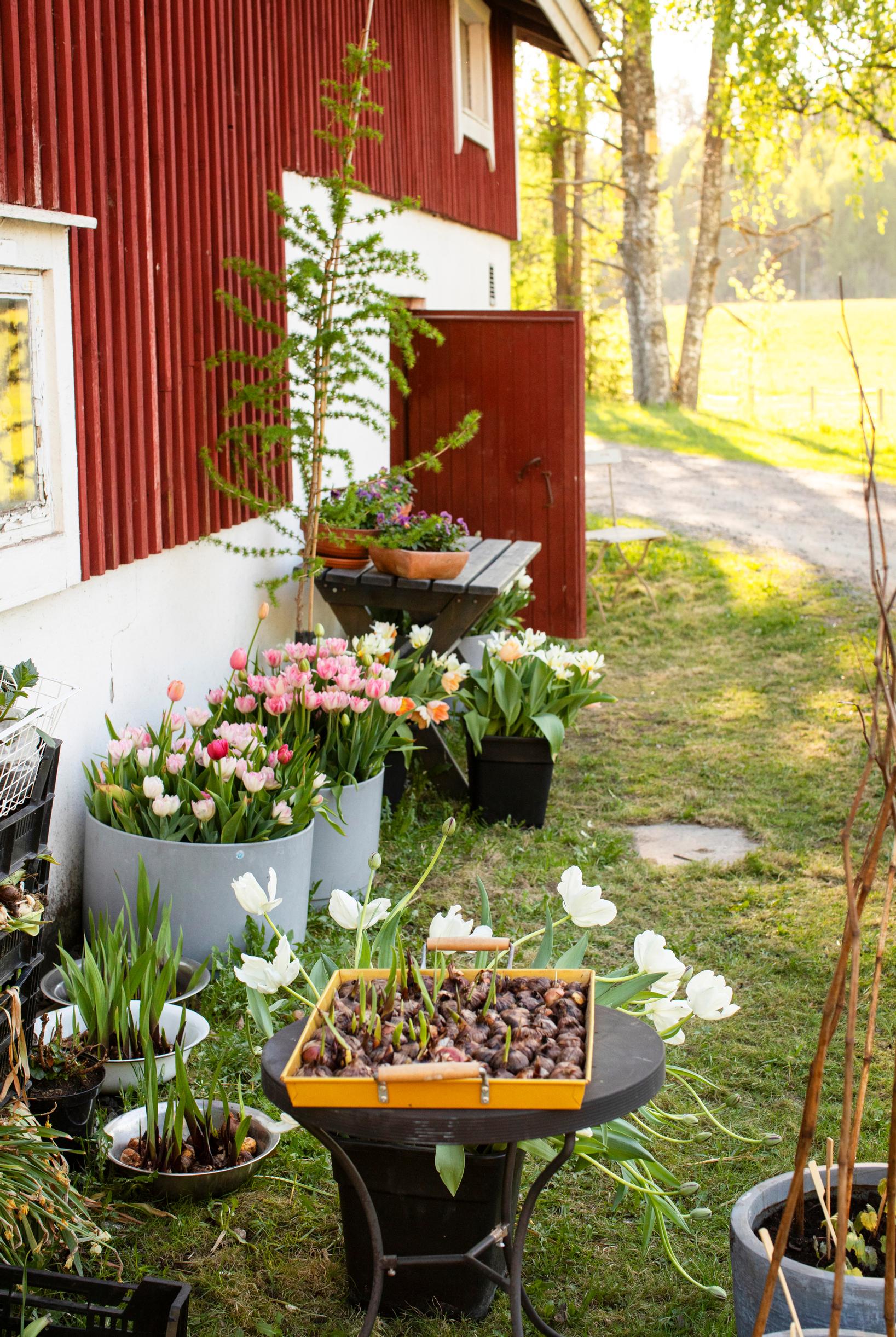
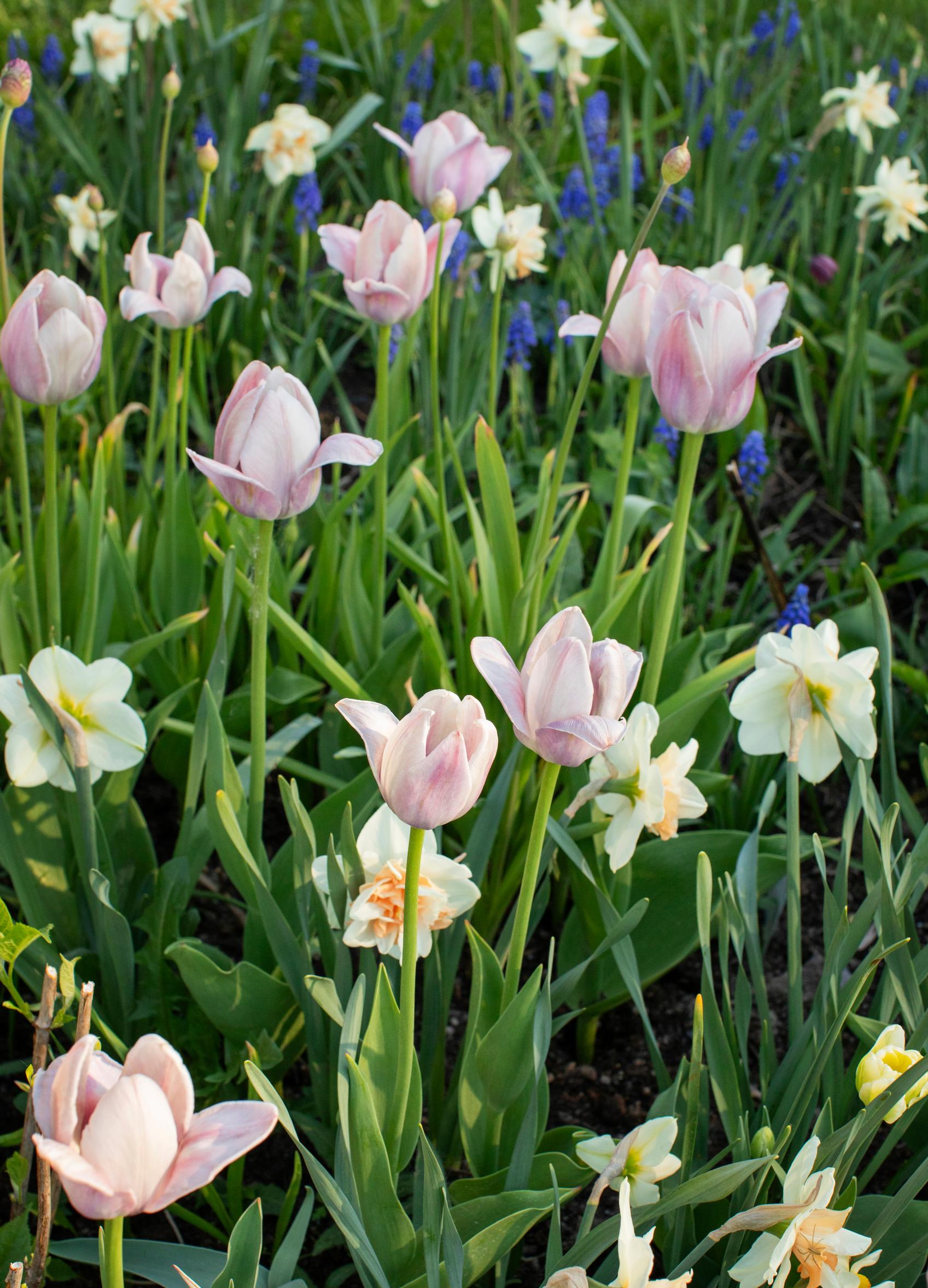
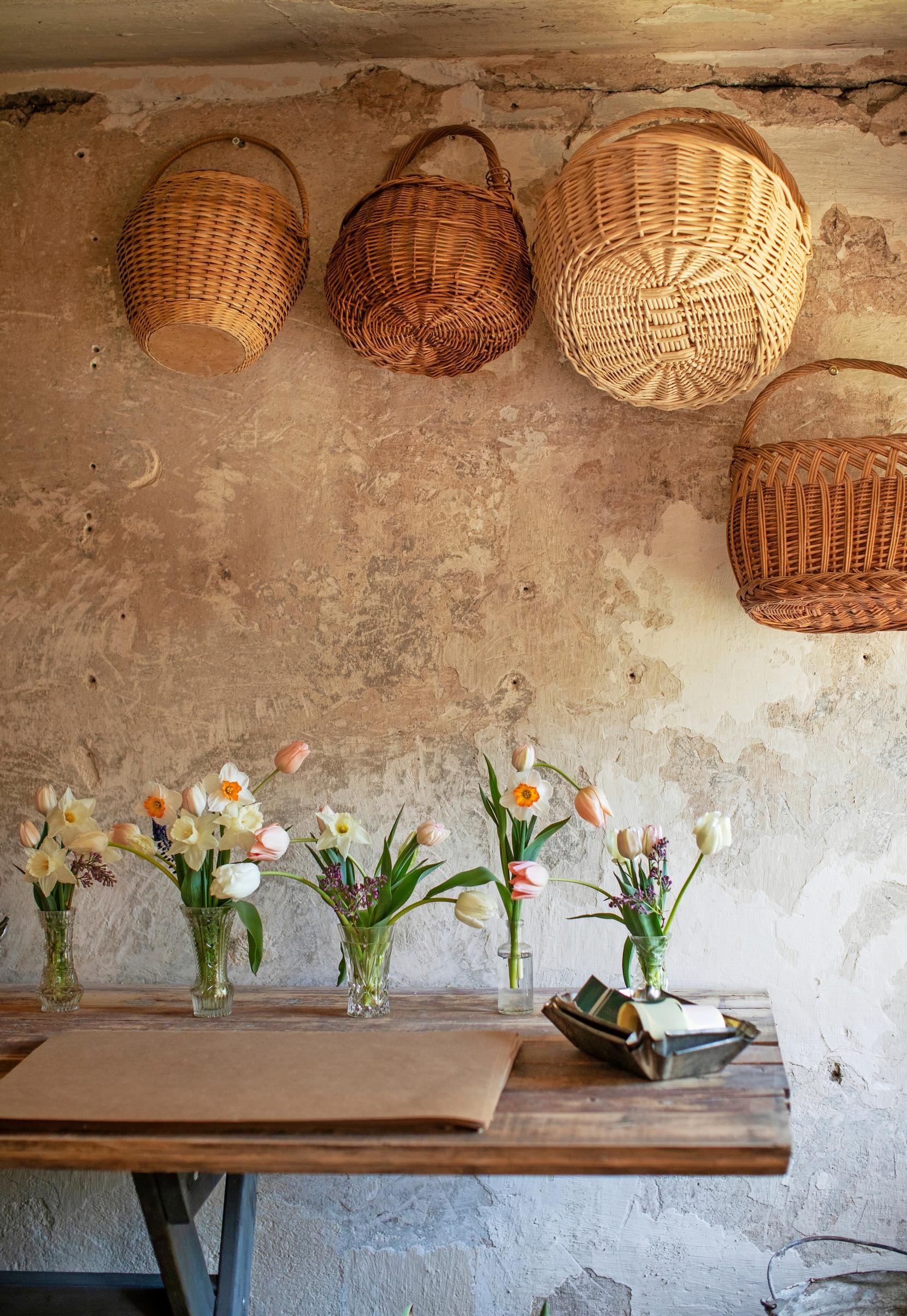
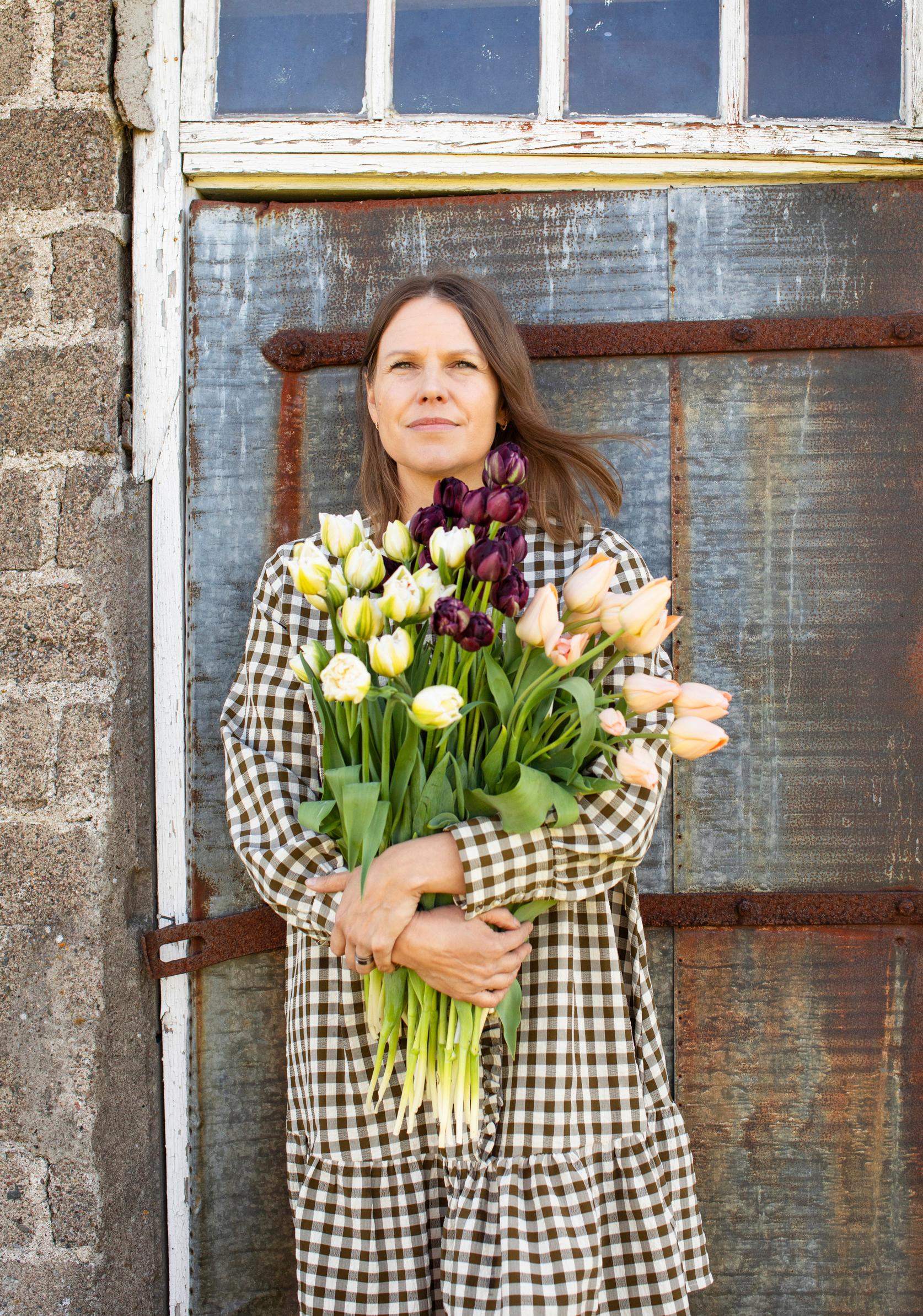
Eeva-Maria is enchanted by her cut flowers—and no wonder. She marvels at how sowing a seed or planting a bulb can create something so beautiful. To her it’s beyond miraculous.
That wasn’t always the case, though. In the beginning Eeva-Maria thought tulips were a bit dull and bland. Then she visited Monosilla Garden in Siuntio [in Finnish] and saw Sannaliina Mononen’s open-field tulips. She realised they were a completely different story from what she was used to.
“The character, the splendour, and the staying power,” she says.
Eeva-Maria was hooked, and last autumn she planted 2,000 tulip bulbs; the year before that she planted as many as 7,000.
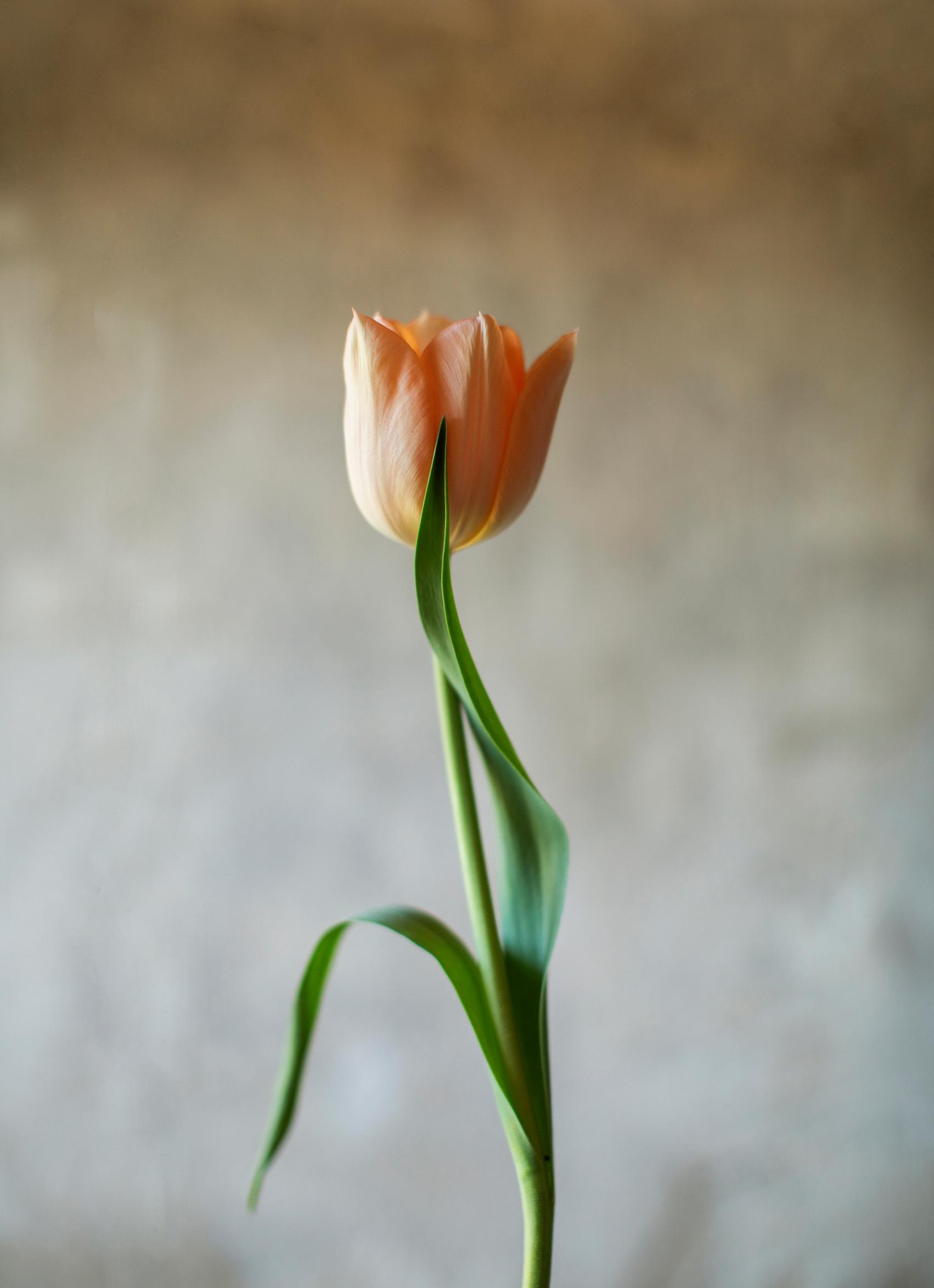
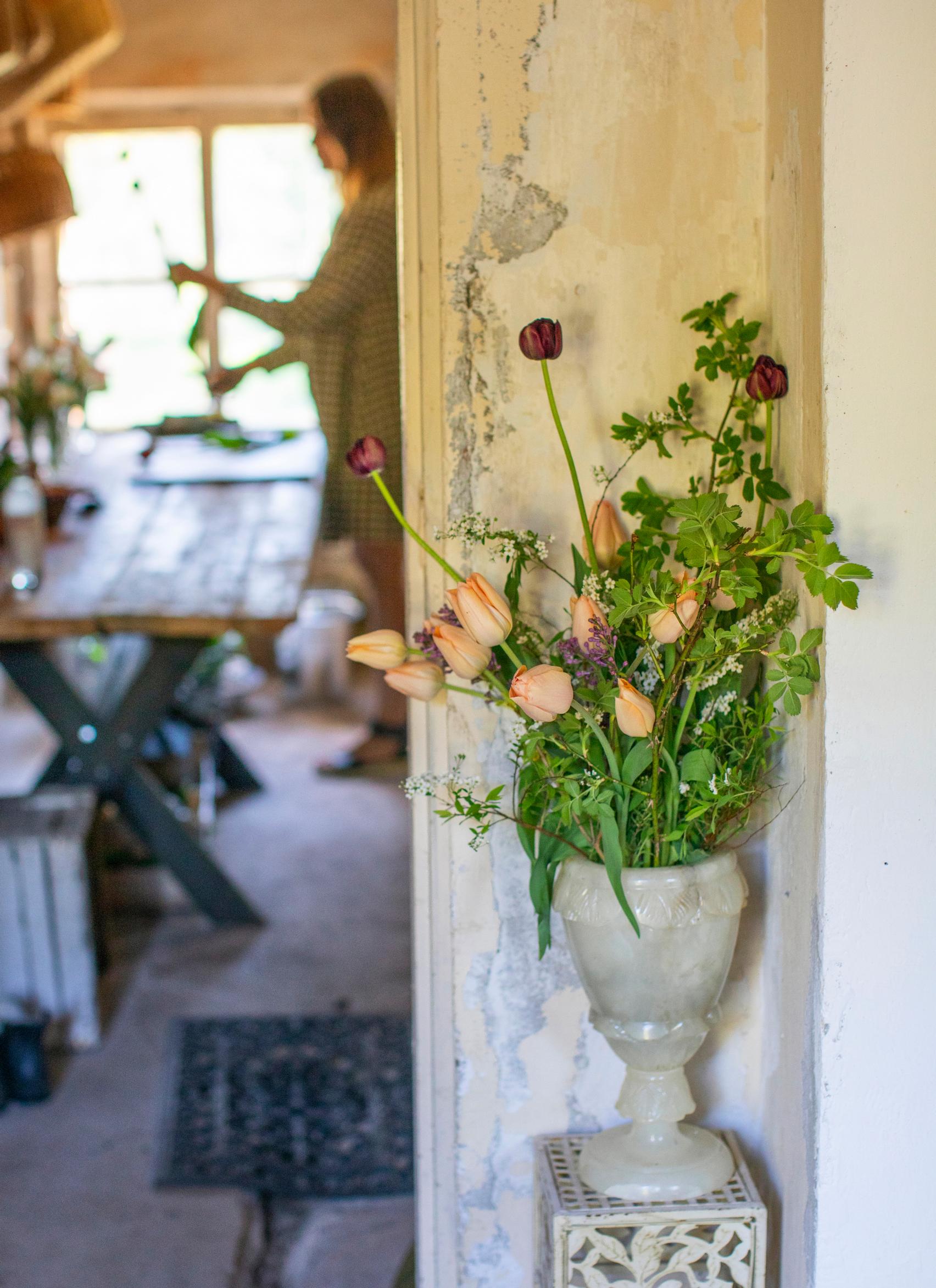
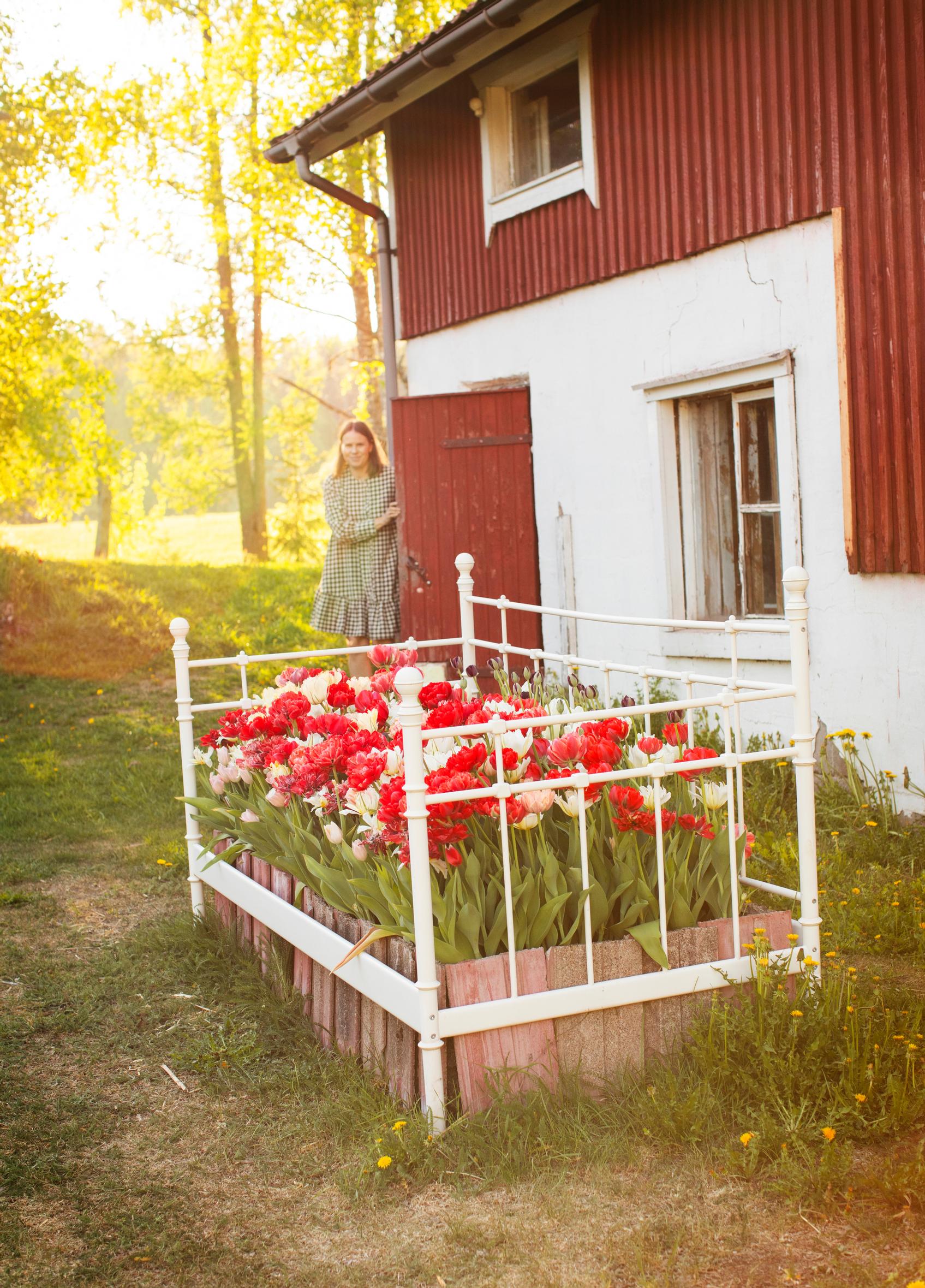
Now, in two‑meter‑wide raised beds, long-stemmed, sturdy tulips are growing. At the start of the season Eeva-Maria loves the creak their stems make. Some tulips are already in full bloom, while the latest varieties—like the simple, elegant French ‘Menton’—are still swelling their buds.
Eeva-Maria favours soft hues, especially apricot and salmon shades, with several whites as well. Her current favourite, however, is the very dark-flowered ‘Black Hero’.
“It’s simply stunning with its long stem and double blossoms,” she says.
What Eeva-Maria values in tulips is the wealth of varieties and how different they are from one another. Growing them outdoors, she feels, gives the flowers extra character.
“Even in a vase they keep changing, growing and living,” she adds.
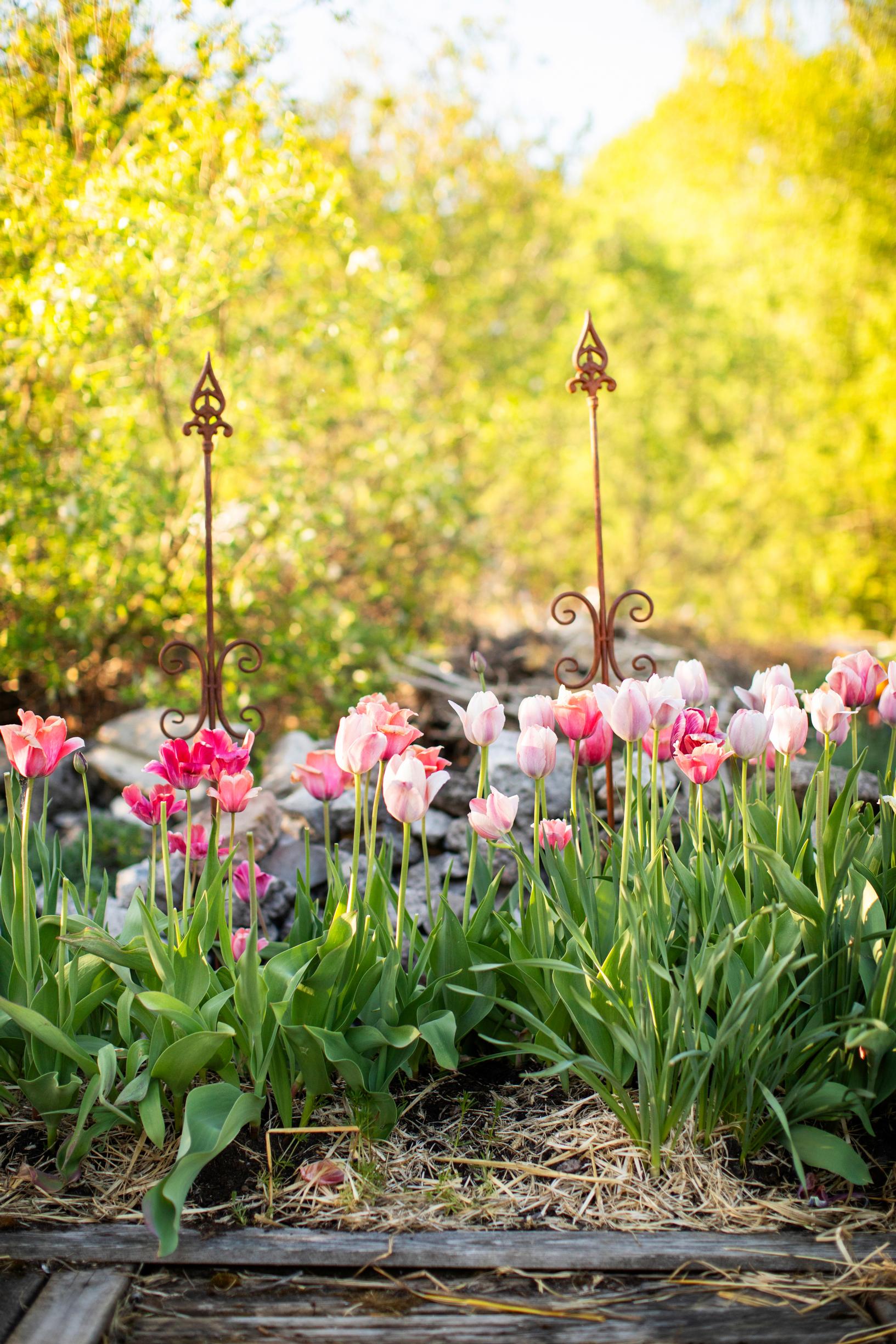
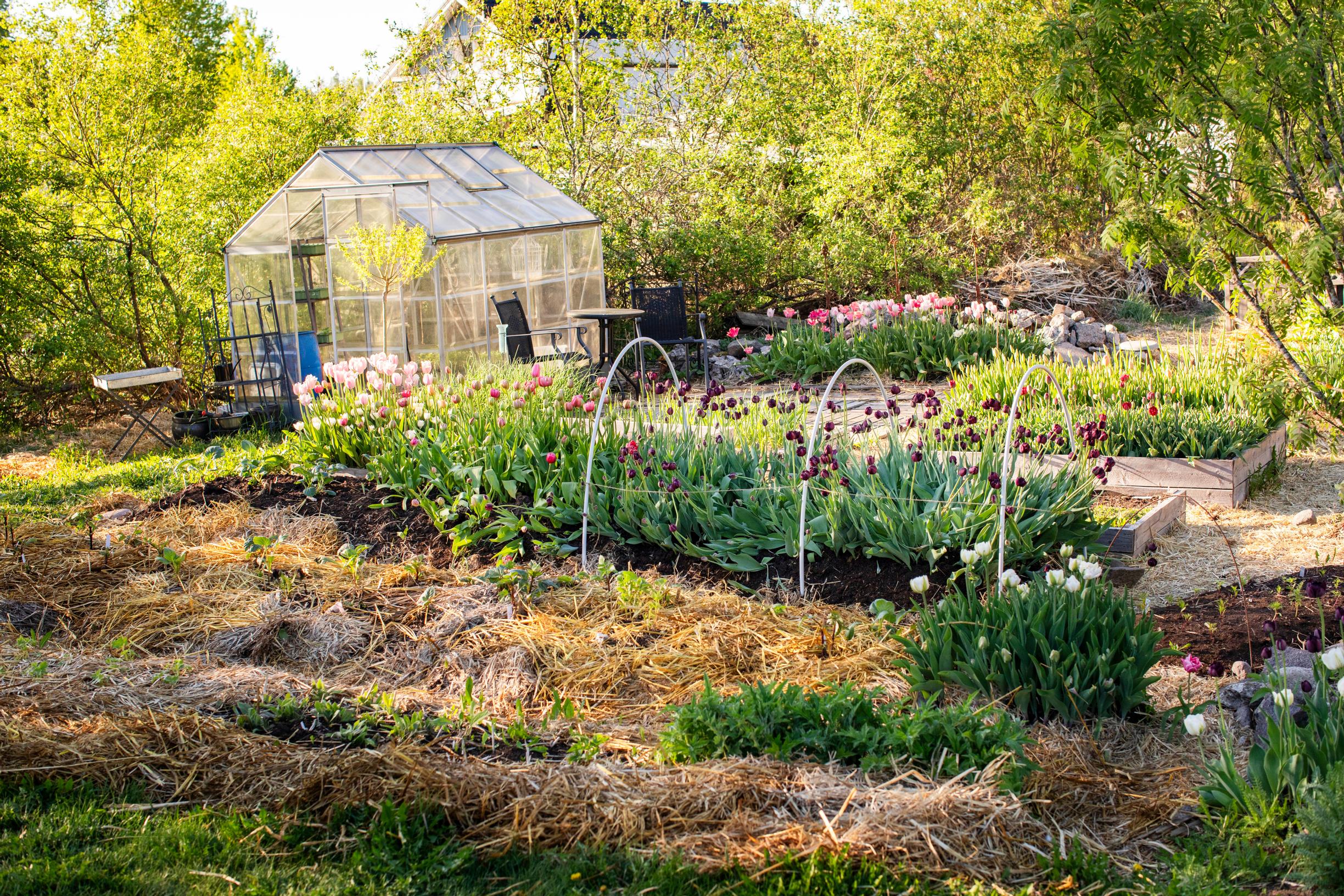
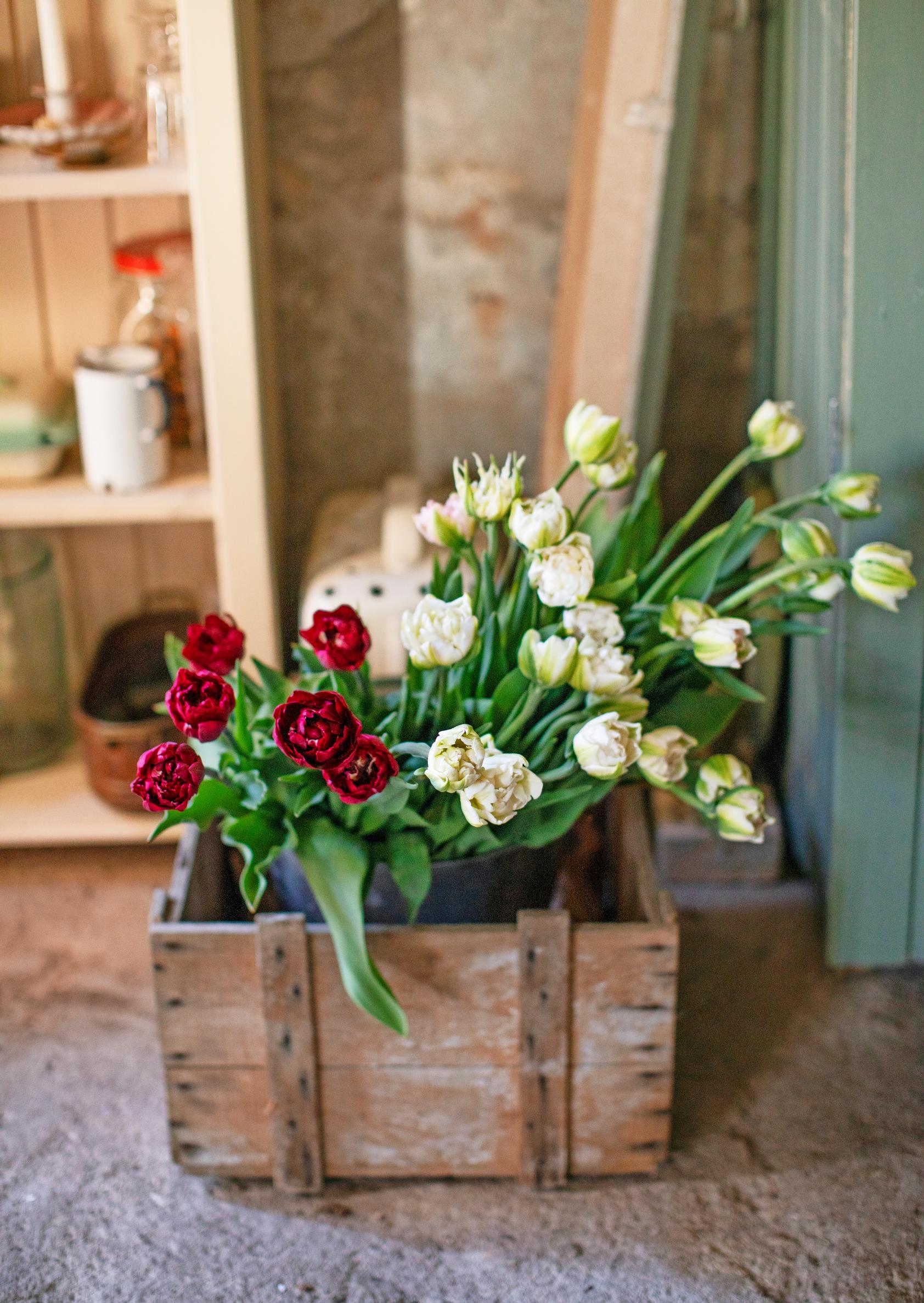
Eeva-Maria farms organically. For soil nutrition she uses a hot composter and brings in horse manure from a nearby stable. Straw mulch keeps the soil moist and weeds at bay.
Flower farming is a lot of work, but it isn’t year-round, nor is the entire growing season equally intense, she says. Even so, many evenings and weekends find her among the flowers—and she wouldn’t have it any other way.
Lately a playful slogan has been running through Eeva-Maria’s mind: “Talk garden to me.” She chats about gardens and flowers with friends and believes that a connection to nature and the garden benefits everyone—as long as you avoid needless striving. In nature, she says, you can sense something bigger than yourself.
“Nature was here before us and will be here after us,” she says.
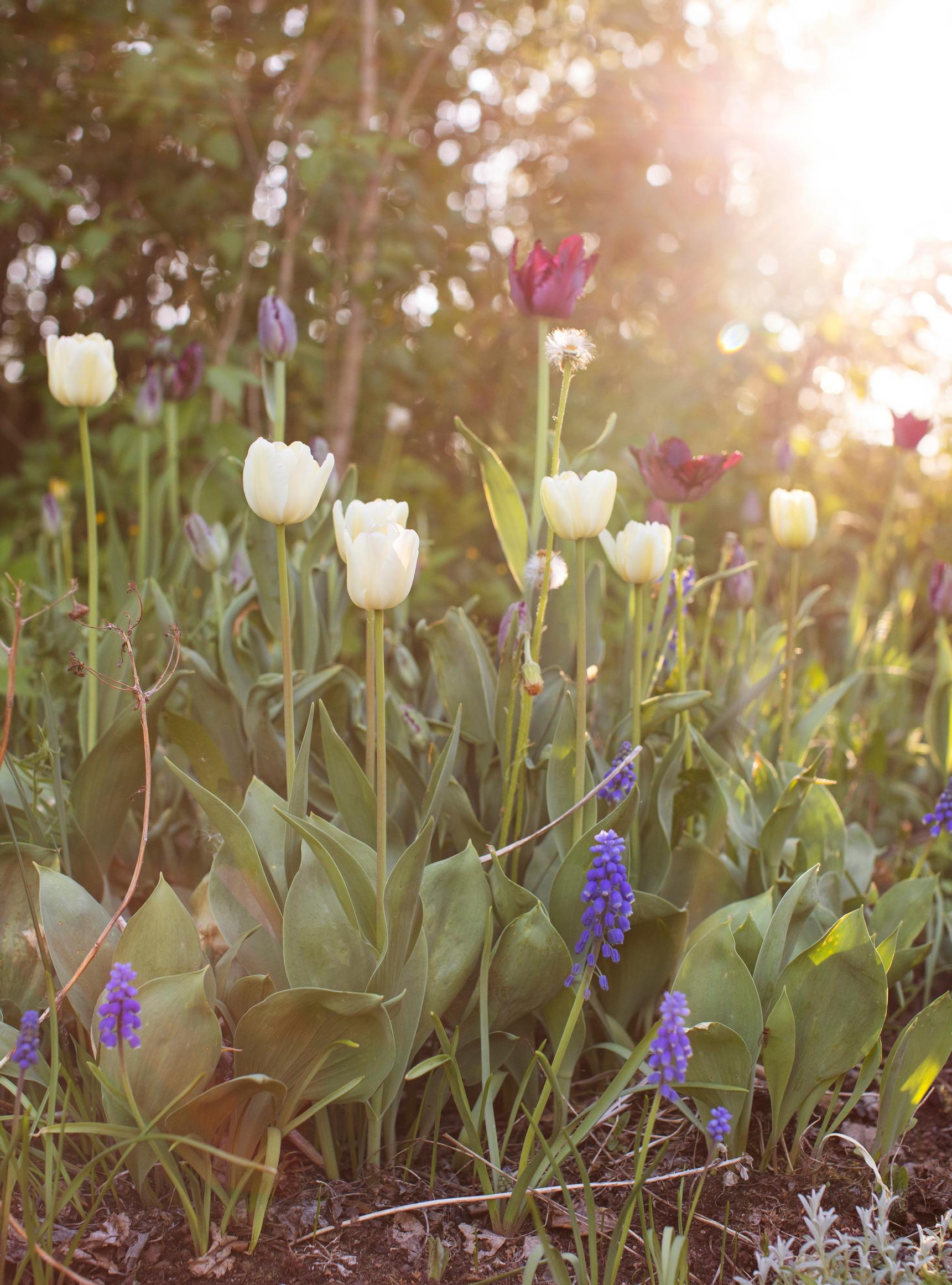
Eeva-Maria’s tips for growing cut tulips
1. Plan the timing
For those seeking tulip bulb planting tips and a long flowering period, choose early and late varieties—and something in between. Darwin hybrids flower year after year.
2. Harvest whole
Lift tulips bulb and all to get the longest possible stem. Tulips with bulbs attached also store well.
3. Watch the bloom
Pick tulips before the flower is fully open; they’ll last longer. For double flowers, let the bud develop a bit further so it has the strength to open.
4. Aim for morning
The best time to harvest is early morning, after the tulips have cooled overnight and built up good turgor pressure.
5. Care for the soil
Don’t just take from the soil—give back, too. Use mulches, for example, to retain moisture and suppress weeds.
